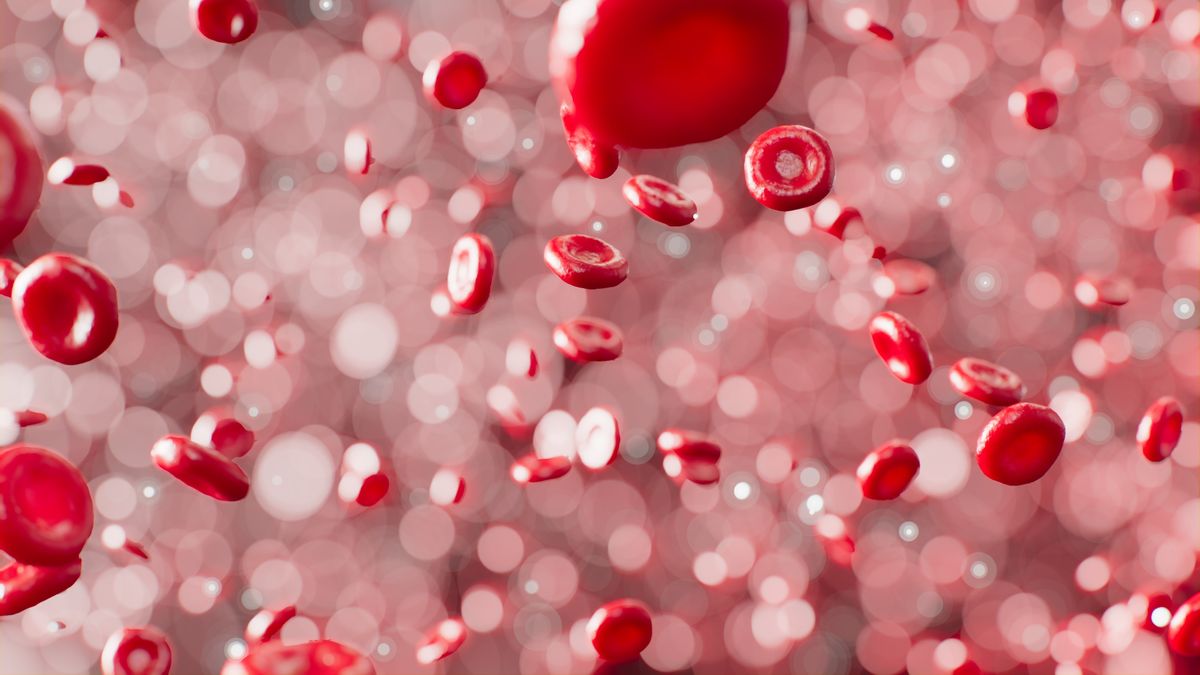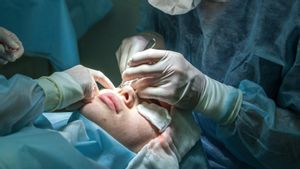YOGYAKARTA - Blood clots, or coagulation, are an important process that avoids bleeding beyond the limit when blood vessels are injured. The platelets (such as blood cells) as well as proteins in your plasma (liquid part of the blood) work together to stop bleeding by forming clots above the injury. Generally, your bodies will naturally dissolve blood clots after the wound is healed. But sometimes, clots are created in the inner part of the vessel without clear or non-soluble wounds naturally. This condition can be at risk and requires accurate diagnosis and proper treatment. So what are the characteristics of blood clots?
Extortion can occur in veins or arteries, which are vessels that are part of the body's circumstellar system. Although these two types of vessels help blood flow throughout the body, each has different functions. Veles are low-pressure vessels that carry blood deoxygenated from the body's organs and return to the heart. Anomalous appearance formed in blood vessels can limit the return of blood to the heart and can cause pain and swelling when blood gathers behind the clot. Deep vein thrombosis (DVT) is a type of clot formed in a large blood vessel in the leg or, more rarely, in the arms, pelvis, or other large blood vessels in the body. In some cases, clots in the blood vessels can be separated from their point of origin and run through the heart to the lungs where it is pinched, preventing adequate blood flow. This is called pulmonary embolism (PE) and can be very dangerous.
Apart from knowing your risk factors, it is also important to know the characteristics of blood clots, which vary depending on where the clots are:
Hearts feel heavy or painful, discomfort in other areas of the upper body, shortness of breath, sweating, nausea, dizziness
The brain - weakness in the face, arms or legs, difficulty speaking, vision problems, sudden and severe headaches, dizziness
Arm or Feet - sudden or gradual pain, swelling, pressure and warm pain
Lungs - sharp chest pain, fast chest palpitations, shortness of breath, sweating, fever, blood cough
Stomach - severe stomach pain, vomiting, diarrhea
How Is Blood Frozen Treated?
Blood clots are treated differently depending on the location of your clots and health. If you experience symptoms and suspect you may have blood clots, see a doctor immediately.
There has been a lot of progress in research that has improved the prevention and treatment of blood clots. Some of the current treatments include:
Anticoagulan - a drug that prevents the formation of clots
Trombolytic - a drug that dissolves blood clots
A thrombalysis directed by a catheter - a procedure in which a long tube, called a catheter, is inserted through surgery and directed to blood clots in which it provides clot solvent drugs.
VOIR éGALEMENT:
Trombektomi - operations to remove clumps
If you are diagnosed with vein clots, your doctor may refer you to a hematologist, a doctor who specializes in treating blood disease. People diagnosed with arterial diseases at risk of developing clots in their arteries may have some doctors involved in their treatment, including cardiologists (doctors who specialize in heart conditions), neuroscientists, and possibly hematologists.
For some patients, participating in clinical trials provides access to new therapies. If diagnosed, you can talk to a doctor about whether following clinical trials is right for you.
So after knowing the characteristics of blood clots, see other interesting news on VOI, it's time to revolutionize news!
The English, Chinese, Japanese, Arabic, and French versions are automatically generated by the AI. So there may still be inaccuracies in translating, please always see Indonesian as our main language. (system supported by DigitalSiber.id)


















